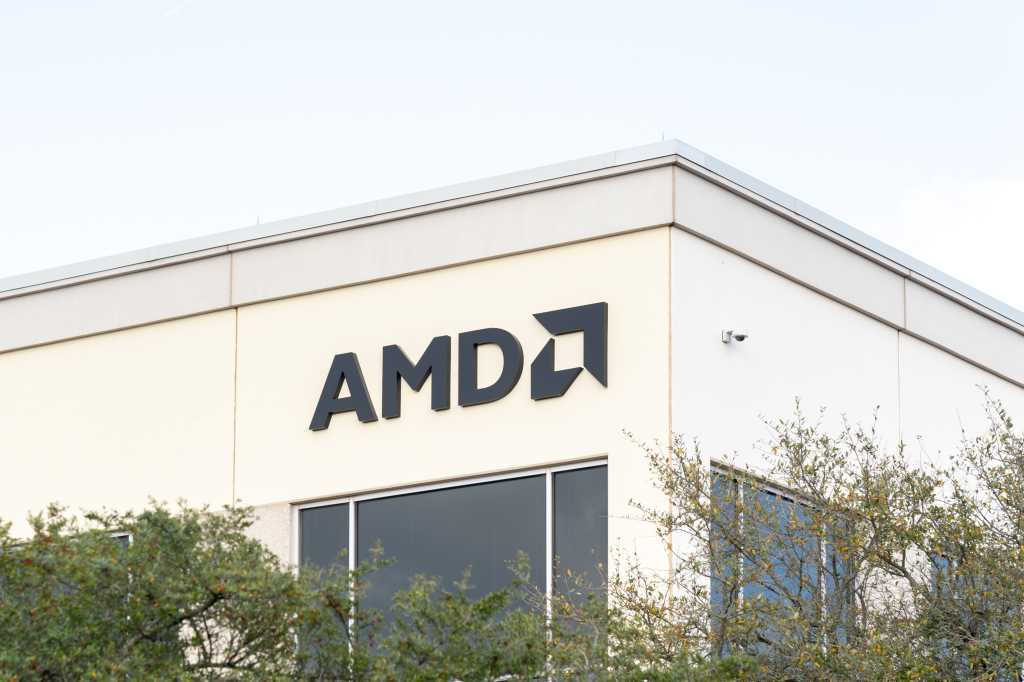
United States Energy Secretary Chris Wright has withdrawn over $3.7 billion of financial assistance awarded by the Office of Clean Energy Demonstrations (OCED).
The bulk was for carbon capture and sequestration (CCS) and decarbonization initiatives. “After a thorough and individualized financial review of each award, DOE found that these projects failed to advance the energy needs of the American people, were not economically viable and would not generate a positive return on investment of taxpayer dollars”, the Department of Energy (DOE) said in an online statement.
The OCED under then-President Joe Biden awarded 16 of the 24 projects between Election Day and the end of the administration, the DOE said. It did not name the projects.
The cancellations are part of a broader review launched earlier by the DOE targeting nearly 200 awards totaling over $15 billion.
“DOE utilized this review process to evaluate each of these 24 awards and determined that they did not meet the economic, national security or energy security standards necessary to sustain DOE’s investment”, the DOE said.
In its last CCS-related funding opportunity offer, the OCED under Biden announced December 19, 2024, up to $1.8 billion to support the design, construction and operation of mid- and large-scale commercial direct air capture facilities and infrastructure.
The full application window was planned for July 2025. However, the online “Notice of Funding Opportunity” says the planned $1.8 billion package is now under review.
“The Office of Clean Energy Demonstrations is reviewing all its current Notices of Funding Opportunity Announcements”, the notice says.
In its May 15 announcement of the review, ordered by Wright’s “Ensuring Responsibility for Financial Assistance Memorandum”, the DOE said, “To comply with the Secretary’s memorandum, the DOE has begun requesting additional information needed to evaluate 179 awards”.
“DOE is prioritizing large-scale commercial projects that require more detailed information from the awardees for the initial phase of this review, but this process may extend to other DOE program offices as the reviews progress”, the DOE added.
The memorandum said it is the DOE’s policy to ensure federally backed projects are “financially sound and economically viable, aligned with national and economic security interests, and consistent with Federal law and this Administration’s policies and priorities and program goals and priorities (Standards)”.
“If it is determined that projects do not meet Standards, DOE may modify the project or, DOE in its discretion, may terminate the project based on the outcome of DOE’s evaluation, as allowed by law”, stated the memorandum, published on the DOE’s website.
Conrad Schneider, U.S. senior director of Boston-based non-governmental organization Clean Air Task Force, said in an online statement, “Today’s action is bad for U.S. competitiveness in the global market and also directly contradictory to the administration’s stated goals of supporting energy production and environmental innovation. Canceling cutting-edge technology demonstrations, including support for carbon capture and storage projects, undercuts U.S. competitiveness at a time when there is a growing global market for cleaner industrial products and technologies”.
To contact the author, email [email protected]
What do you think? We’d love to hear from you, join the conversation on the
Rigzone Energy Network.
The Rigzone Energy Network is a new social experience created for you and all energy professionals to Speak Up about our industry, share knowledge, connect with peers and industry insiders and engage in a professional community that will empower your career in energy.
MORE FROM THIS AUTHOR





















